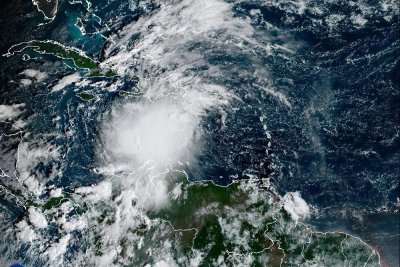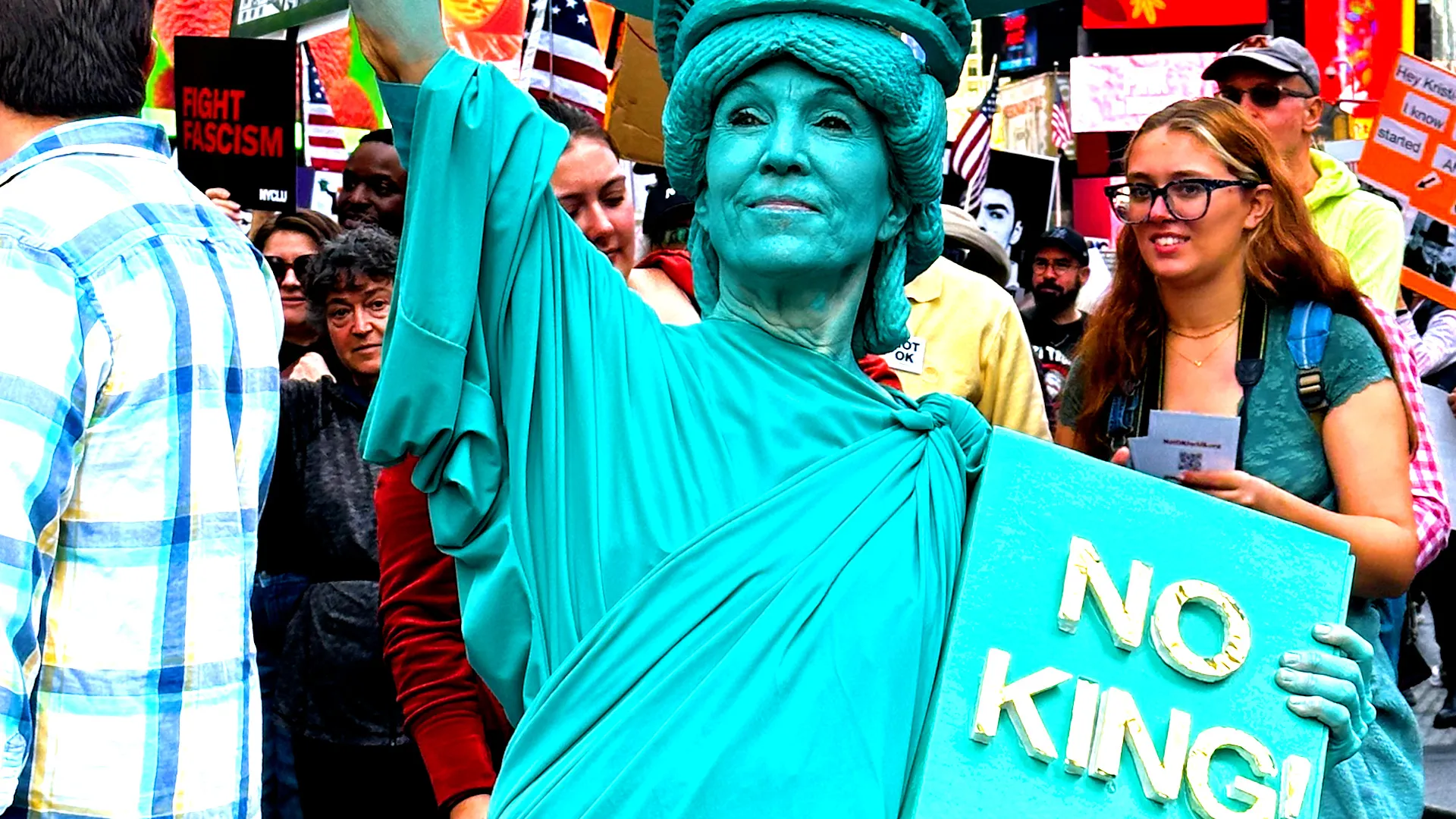Slow-moving Tropical Storm Melissa to flood Hispaniola, Jamaica

Tropical Storm Melissa was expected to strengthen into a hurricane Monday. Photo courtesy of NOAA
Oct. 21 (UPI) — Tropical Storm Melissa is moving slowly through the Caribbean Sea on Wednesday, meaning portions of Haiti, the Dominican Republic and Jamaica were expected to see major flooding through the week, the National Hurricane Center said.
Melissa was about 305 miles south-southwest of Port-au-Prince, Haiti, and 335 miles southeast of Kingston, Jamaica, the NHC said in its 8 a.m. EDT update. The storm had remained virtually stationary since the agency’s previous update 3 hours earlier.
The storm had maximum sustained winds of 50 mph and was moving west-northwest at 2 mph.
A hurricane watch was in effect for the southwestern peninsula of Haiti from the border with the Dominican Republic to Port-au-Prince. A tropical storm watch was in effect for Jamaica. Those elsewhere in Haiti, the Dominican Republic and Cuba should monitor the progress of Melissa, the NHC said.
A decrease in speed and a gradual turn to the northwest and north are expected in the next few days, according to the NHC, which said it expects Melissa to approach Jamaica and the southwestern portion of Haiti later this week.
The NHC forecasts that Melissa will strengthen into a hurricane Friday afternoon.
Haiti and the Dominican Republic can expect 5 to 10 inches of rain through Friday, the NHC said. More heavy rainfall is possible after Friday, but forecasters aren’t confident in predictions because of the uncertainty of Melissa’s speed and direction. Areas of significant flash flooding and mudslides are possible.
Across Aruba, Puerto Rico and Jamaica rainfall of 1 to 3 inches is expected through Friday. Flash and urban flooding will be possible across Puerto Rico through at least Friday.
Melissa is the 13th named storm of the season, and it’s the first in the Caribbean. This season has seen few storms, which has warmed the Caribbean Sea. Now, the warm water is fuel for stronger, more dangerous storms.

